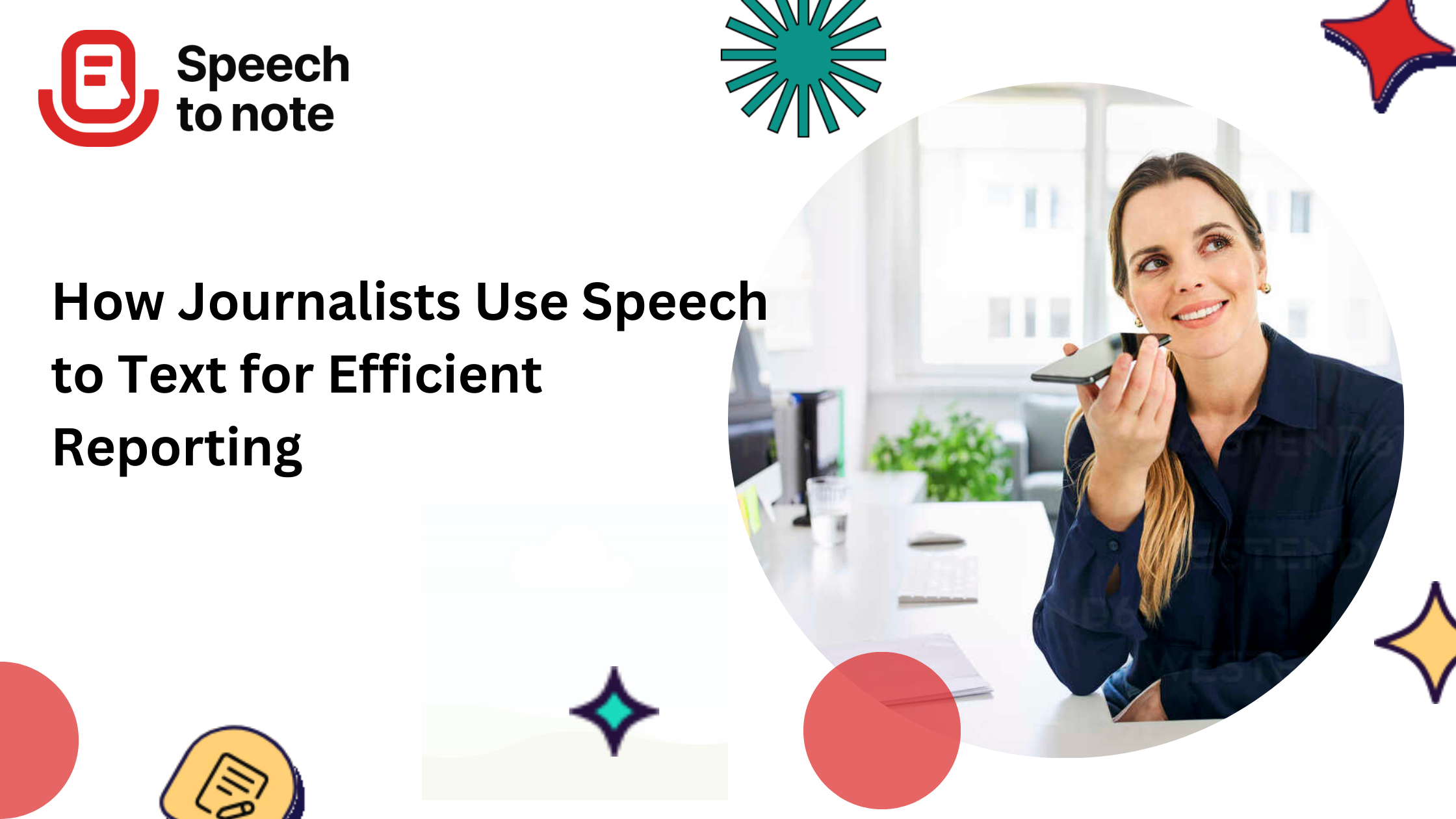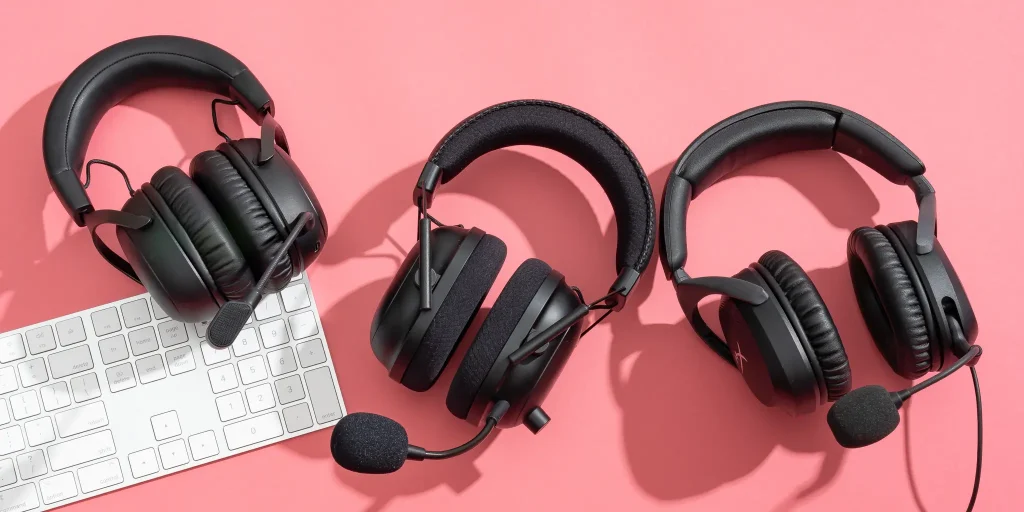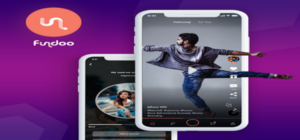How Journalists Use Speech to Text for Efficient Reporting
The life of a journalist is a fast-paced whirl of deadlines, interviews, events, and breaking news. Imagine standing in a crowd, microphone in hand, trying to catch every word as a high-profile figure spills the latest scoop. Or picture a journalist sifting through hours of notes late at night, racing against the clock to meet an early-morning deadline. Efficiency isn’t just a nice-to-have in journalism; it’s essential. And here’s where a speech to text converter, like a trusty sidekick, swoops in to save the day.
The Role of Speech to Text in Modern Journalism
Technology has transformed the field of journalism over the years, and speech to text tools are no exception. With tools like voice to note apps and speech to text converters, journalists are no longer bound to the limits of scribbling notes by hand or struggling to recall every word from a recorded interview. These tools streamline the reporting process, enhancing the speed and accuracy of capturing information. But how exactly are these tools making a difference? Let’s dive into some specific ways that journalists use speech to text converters in their day-to-day reporting.
Speeding Up the Interview Process
Interviews are the backbone of journalistic storytelling, providing depth and color to articles. However, they’re also one of the most time-consuming parts. Traditionally, journalists had to either jot down notes as they spoke to their subjects or record the entire conversation to listen back to later—a process that could take hours. But with a speech to text converter, journalists can transcribe interviews in real-time or shortly after recording them.
Imagine a journalist interviewing a political candidate. By using a voice to note app, they can capture every nuance and inflection without missing a beat. Later, they simply scan through the text instead of replaying the recording, allowing them to extract quotes quickly and with precision. With a tool that produces real-time notes on speech, journalists can wrap up interviews and start writing sooner, giving them more time to polish their pieces before publication.
Improving Accuracy and Reducing Errors
Ever tried to recall an exact quote or remember who said what during a panel discussion? It’s a recipe for mistakes, especially in high-pressure situations. But with speech to text technology, journalists have an accurate, searchable text record of everything that was said. This accuracy is especially crucial in fields like investigative reporting, where every detail can matter, and even small inaccuracies can impact credibility.
For instance, during press conferences, where multiple voices contribute to a rapid-fire Q&A, a speech to text converter can distinguish between speakers, creating an organized and reliable transcript. This feature is invaluable for a journalist who needs to ensure every word attributed to someone is, in fact, theirs. Accuracy isn’t just about getting the story right—it’s about protecting reputation and trust.
Breaking News? No Problem
The demand for instant news coverage has intensified with the rise of online media and social platforms. When news breaks, journalists are expected to publish within hours—sometimes minutes—of an event. Speech to text converters are game-changers here, turning spoken words into written text almost immediately.
Take a sports journalist covering a post-game press conference. With a voice to note app, they can transcribe every player’s and coach’s comments on the spot. By the time the conference wraps, the journalist has a ready-to-use article draft with direct quotes and insights. Speed and accuracy are the name of the game, and speech to text tools give journalists an edge in the race to report first.
Enhancing Storytelling with Multitasking Magic
Multitasking is second nature to journalists. A journalist in the field might need to conduct an interview, manage a live social media update, and take photographs—all at once! Trying to take manual notes in the middle of all that is not only impractical but also likely to lead to missed information. By using speech to text technology, journalists can conduct their interviews hands-free while the app records and transcribes everything in the background.
Picture a war correspondent reporting live from a conflict zone. The priority is staying safe while gathering vital information. With a speech to text converter, they can focus on the situation at hand while letting the tool capture their verbal notes and descriptions. Later, when they have a moment of safety, they’ll find detailed, organized notes that help them piece together the story under immense pressure.
Conquering the Dreaded Deadline
Ah, deadlines—the bane of every journalist’s existence. A significant part of reporting time is often spent on transcribing interviews or sorting through hours of audio recordings. That’s time journalists don’t have. However, with a speech to text converter, this workload is significantly reduced.
Consider the case of a journalist attending a week-long conference with multiple daily interviews. Rather than letting transcription pile up, they can use a voice to note app to convert conversations into text as they go. This way, by the end of each day, they have everything they need at their fingertips, ready for story construction. No longer must they scramble in the final hours before the deadline—the bulk of their notes are neatly organized, allowing them to focus on weaving the narrative rather than sifting through scattered information.
A Game-Changer for Freelancers
Freelance journalists often juggle multiple assignments for different publications, facing constant pressure to deliver quality work quickly. For them, time is especially precious because every hour saved means another potential story, client, or paycheck. Speech to text tools help them keep up with the fast pace without sacrificing quality. Freelancers can conduct interviews, transcribe them instantly, and immediately pitch ideas to new clients based on fresh information.
In a world where freelancers have to hustle to stay afloat, having reliable notes on speech tools means they’re not bogged down by administrative work. They can pitch, research, and produce content faster than ever.
Wrapping Up: The Future of Journalism with Speech to Text
Speech to text tools are not just conveniences for journalists—they’re powerful allies in the battle for efficiency, accuracy, and speed. These tools enable journalists to capture every word precisely, make their deadlines, and focus on what truly matters: crafting impactful stories that inform and engage.
So, next time you’re reading an in-depth article or a breaking news piece, remember there’s likely a speech to text converter at work behind the scenes, making it all possible. If you’re a journalist or know one, consider investing in a voice to note app to transform the way you handle reporting. The future of journalism is fast, and with the right tools, you can keep up with every twist and turn.
Now it’s your turn: what’s your take on technology in journalism? Have you tried any speech to text tools yourself? Let’s chat in the comments!













Post Comment